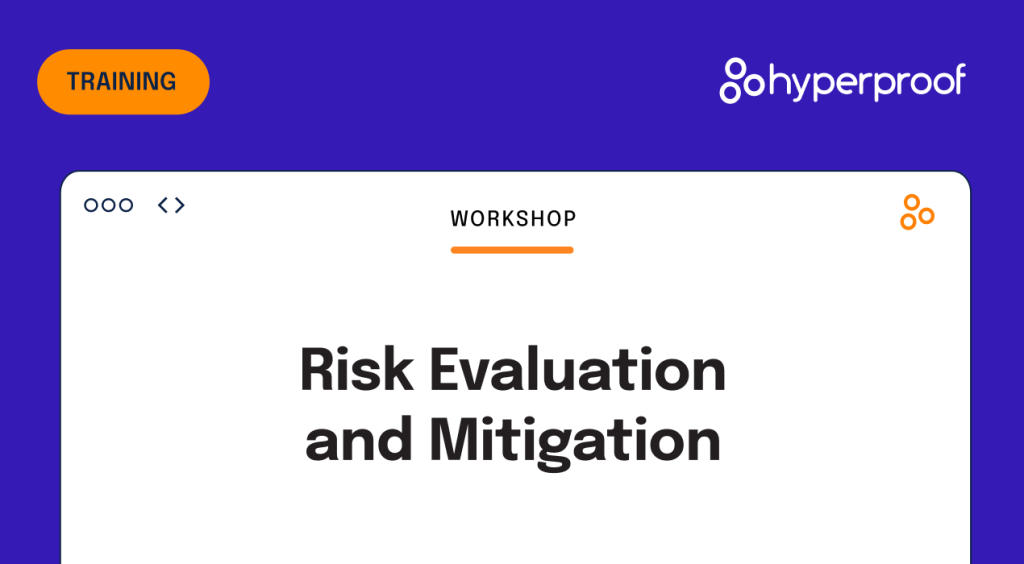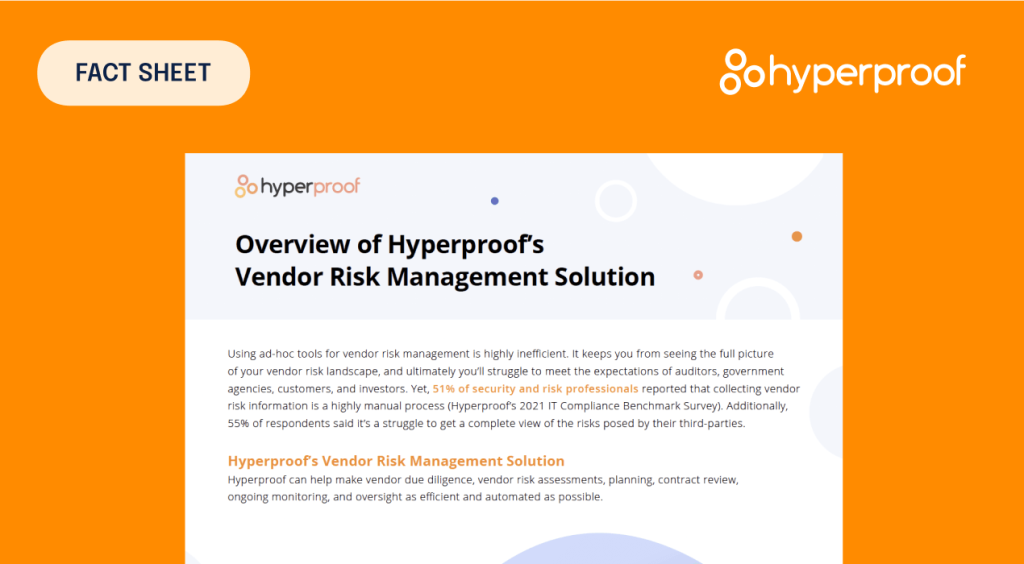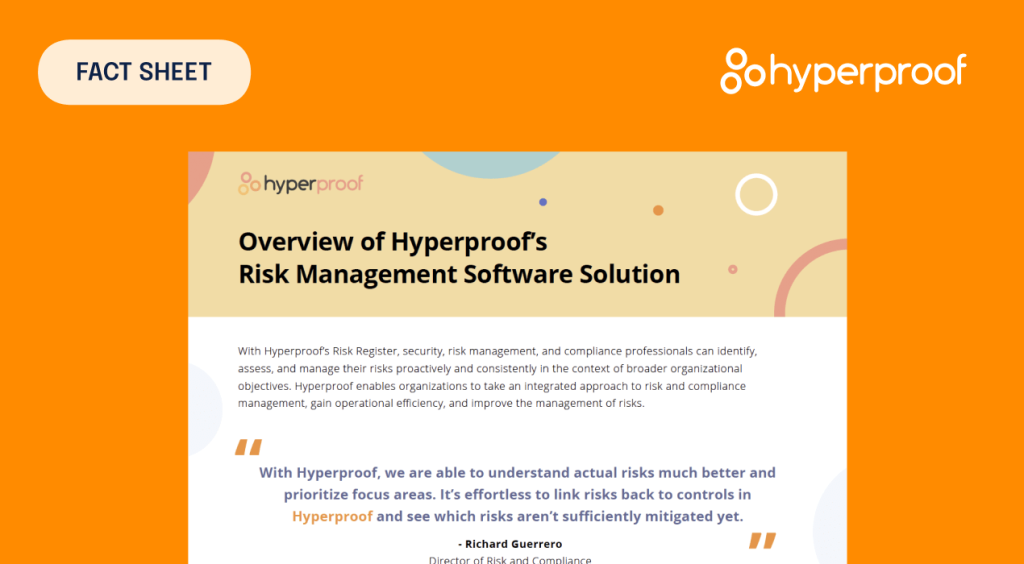The Risk Management Process: How To Do More With Less During Challenging Economic Times

Unfortunately, cyber risks never take a day off. Even during challenging economic times, cybersecurity teams must remain vigilant with risk management despite often working with fewer resources. It’s no secret that managing risk today isn’t cheap–staffing, tools, and processes can become extremely costly for businesses in all industries. In fact, Gartner predicts 2024 will see a 14.3% increase from the $215 billion spent on security and risk management in 2023.
During economic downturns, the same threats exist, but organizations must cut back on expenses and reduce security resources, leaving many teams struggling to do more with less. Every dollar matters, so each step of the cybersecurity risk management process becomes critical, with an eye on maximizing efficiency and savings.
How can your business successfully manage risk during challenging economic times when cutbacks can significantly reduce resources?
It’s certainly not easy, but innovative organizations know how to get more with less when managing risk during economic turbulence. In this article, you will learn why the risk management process matters more in a volatile economy, which tools you should leverage, and how your team can successfully perform the risk management process with fewer resources.
How to structure your risk management process

Risk management can be broken down into these basic steps – identify existing risks, gauge their likelihood and potential impact, rank them in order of priority, prepare and execute remediation, record results, and continuously monitor all existing risks.
When budgets tighten during economic downturns, it’s imperative to perform each step of the risk management process in a streamlined, cost-effective, and efficient manner. In short, businesses must stretch scarce resources during challenging economies while mastering the art of doing more with less.
Let’s now explore each step in the risk management process, introducing ways to help your team better manage risk during economic instability.
Identify your risks

To identify risks, you must know what you’re looking for – and this starts with an organizational understanding of risk. How does your team define risk? What constitutes a risk to your organization?
Next, your team should inventory all business-critical assets and potential vulnerabilities surrounding those assets. Vulnerabilities are weaknesses in an information system, security procedure, internal control, or implementation that a threat source can exploit.
Is all sensitive data encrypted? How about user access restriction policies? Is there a speedy, up-to-date protocol for addressing all security updates and patches? Be sure to ask these critical questions early, as vulnerabilities can rapidly become risks. Familiarizing yourself with potential vulnerabilities upfront can save short-staffed teams time later.
Now, it’s time to open the toolbox. Security teams operating with limited resources should leverage all available solutions to streamline the process of discovering vulnerabilities and risks. The free NIST vulnerability database can help your team familiarize itself with common vulnerabilities. Automated threat intelligence platforms can compensate for staffing shortages by expediting collecting, aggregating, and analyzing environmental data.
Risk registers can save time by providing the description, likelihood, cost impact, priority ranking, ownership, and appropriate responses for a database of known risks.
Lastly, remember to collaborate across the organization. Department stakeholder brainstorming sessions can help uncover overlooked risks and ensure a holistic perspective.
Assess your risks

Risk assessment is the ongoing, dynamic, enterprise-wide activity of attempting to gauge a risk’s likelihood and business impact. How likely is the risk to happen? How much harm could the risk do if it occurred?
When assessing likelihood, your team should consider all environmental factors, including assets held, possible system vulnerabilities, known existing threats, and internal controls in place to counter threats. Examining appropriate historical and statistical risk trends while engaging employees for insight into internal concerns can also prove helpful. Based on all these factors, the likelihood of occurrence can be rated low, medium, high, or extremely high.
Now, let’s look at the impact, which teams can assess both qualitatively and quantitatively. A qualitative assessment looks at a risk’s human-related and productivity impact, while a quantitative assessment focuses on the numbers, percentages, and financial impact a risk may have. Risk assessment frameworks and methodologies like Factor Analysis of Information Risk (FAIR), ISO 27001, and the NIST CSF provide reliable guidelines to help evaluate the potential impact of a risk both quantitatively and qualitatively.
Your team can also perform a risk impact analysis, which should address three components–the system’s mission and processes, how teams can determine the system’s criticality by the data’s value to the organization, and the overall sensitivity of the system and its data. After performing this analysis, you can grade the projected impact on your organization as either low, medium, high, or extremely high.
Lastly, remember to view impact in light of your organization’s risk tolerance posture and business objectives. If this risk were to occur, how would it affect your business’s operation and long-term objectives?
Rank your risks

Once your organization has assessed existing environmental risks based on likelihood and potential impact, it’s time to rank the risks in terms of significance and priority to the organization. Prioritizing risks is critical in the cybersecurity risk management process – especially for organizations with limited resources. Correctly prioritizing risks ensures your team knows which threats need immediate attention, which can wait, and where to focus your limited resources for maximum effect.
How can your team ace prioritizing risks?
Start by establishing clear criteria such as likelihood, impact, and existing controls.
Next, remember to employ helpful tools like a risk matrix, which can use chosen criteria to streamline prioritizing risks. A risk matrix is a simple tool that conveniently maps risks with high probability and high impact risks signaling a high priority, low probability low impact risks signaling a low priority, and all other combinations falling somewhere in between.
Also, remember that risk management platforms can simplify risk prioritization by automating the calculation of risk rankings based on your chosen criteria.
Treat your risks

Your team should start the risk treatment step by determining the appropriate response. This decision will depend on your organization’s risk tolerance level with typical strategies, including avoidance, acceptance, reduction, or sharing of risk.
After determining an appropriate response, it’s time to select your risk treatment controls. You can choose from preventative, detective, or corrective controls, including solutions like intrusion detection systems, firewalls, encryption mechanisms, third-party management tools, security awareness training platforms, vulnerability patching, and even system kill switches in the event of a breach.
Whatever controls you choose, the best outcomes will result from engaging senior management and IT personnel in the selection and implementation process. Their input can be invaluable in helping select controls and aligning the organization’s overall risk tolerance and mitigation strategy with business objectives.
Once your team has determined the appropriate response and chosen the best controls, you’re ready to create a plan for implementing these controls. This plan should include a list of resources to support employee training. Your team will also need to develop an incident response and business continuity plan in case of a system breach.
A helpful tool when considering treatment is the action-driving risk control matrix. This matrix helps your team better organize and mobilize risk treatment by dividing risk into four categories — improve, monitor, tolerate, and operate. Risks in the improve or monitor category signal the need for more attention, helping resource-constrained teams better allocate treatment solutions.
Report on your risks

Identifying and addressing risks is only half the battle for today’s security teams. Business stakeholders want to be kept current on organizational risk posture, and this is where reporting comes in. Remember to leverage automated and analytic-driven tools that can streamline your work by generating customizable reports and dashboards that provide digestible, single-pane-of-glass insight into risk posture and compliance status. All reporting should be tailored to the stakeholder audience’s understanding of security, focusing on preferred data to communicate risk posture effectively.
Monitor your risks

Risk management is always an ongoing process because as systems and networks evolve, so does environmental risk. This constant shift requires your team to monitor and analyze all system data to maintain a current risk posture.
What does effective risk monitoring look like?
Start by establishing regular committee-led review meetings to evaluate the success of risk management activities with an eye toward constant improvement. Additionally, the use of automated monitoring tools can play a significant role in streamlining this last step in the risk management process — and for businesses struggling in the fallout of a volatile economy, this can make all the difference. For example, resource-constrained teams can use continuous control monitoring to validate control performance and alert to possible system issues before they become problematic.
Lastly, schedule periodic audits of risk management processes and controls to identify system weaknesses, collect evidence for regulatory compliance, and target improvement areas.
How to perform your risk management processes with fewer resources

“In today’s cybersecurity landscape, where threats are evolving rapidly and resources are often limited, especially in economic downturns, cybersecurity teams face significant challenges in effectively managing risk. To succeed in this environment, teams must adopt a proactive and strategic approach to risk management that maximizes the impact of their efforts while optimizing resource utilization,” says Charles Denyer, Global Security Consultant to Businesses and Governments.
History tells us that taking a strategic approach is essential for resource-constrained enterprises. One key component of this approach is prioritizing risk based on potential impact on the organization’s critical assets and business operations. This focus on high-impact risks allows security teams to allocate their limited resources more efficiently. Teams using this strategy can direct resources for activities like threat monitoring, vulnerability management, and incident response where they’re most needed — tackling high-stake risks.
Another critical risk management strategy when resources are scarce involves using automation, technology, and industry frameworks to streamline processes and boost the capability of security teams. Automated threat detection, incident response, and system monitoring tools can reduce the manual burden while improving efficiency.
Technology solutions like security information and event management (SIEM) systems, endpoint detection and response (EDR) platforms, and threat intelligence feeds can deliver valuable insights and support proactive threat mitigation. Tools like the NIST Risk Assessment Framework can provide valuable risk management guidance at no cost to your organization.
Resource-constrained teams can also foster alignment and collaboration between departments. IT, operations, and business units can help security gain a more holistic understanding of risk while contributing their resources and expertise to address threats more effectively. Additionally, teams should maintain a strong line of communication with senior leadership to align security priorities with business objectives and maximize the impact of the organization’s limited resources.
Elevate cybersecurity risk management with Hyperproof

The process of managing risk is critical to every organization’s stability and success—and never more so than in times of economic volatility when businesses can least afford the potentially crippling effects of a breach. Economic downturns force security teams to perform at their best, finding creative ways to do more with less while keeping the organization’s security tolerance and posture aligned with business objectives.
Innovative resource-constrained organizations look to streamline workflows, minimize expenses, and optimize efficiency through each step of the risk management process. Many teams find success employing a strategic approach — prioritizing risks to maximize resource allocation, employing technology and automated tools, and encouraging collaboration and communication to engage the expertise of all departments.
Risk management will always be a full-commitment sport, requiring your organization’s every resource in good times or bad, but with a proactive, strategic approach, success is attainable. Denyer shares this optimism, “By leveraging appropriate tools, tech solutions, and techniques at each step of the risk management process, organizations can streamline operations and enhance their ability to mitigate threats effectively. Through collaboration, communication, and alignment, cybersecurity teams can successfully navigate resource constraints and effectively manage risk to protect their organization’s assets and operations.”
As you navigate the complexities of the risk management process, remember the power of leveraging cutting-edge technology to streamline and improve your efforts. Hyperproof offers intuitive, scalable solutions to ease the burden of risk management, allowing you to focus on strategic imperatives that protect and grow your business, even through economic uncertainties.
Discover how Hyperproof can transform your cyber security risk management approach. Request a demo today and take the first step towards a more secure and resilient future.
See Hyperproof in Action
Related Resources
Ready to see
Hyperproof in action?












